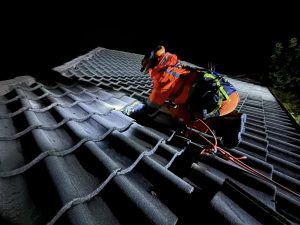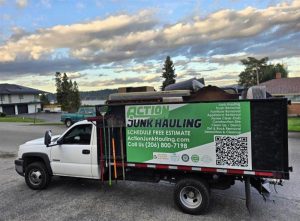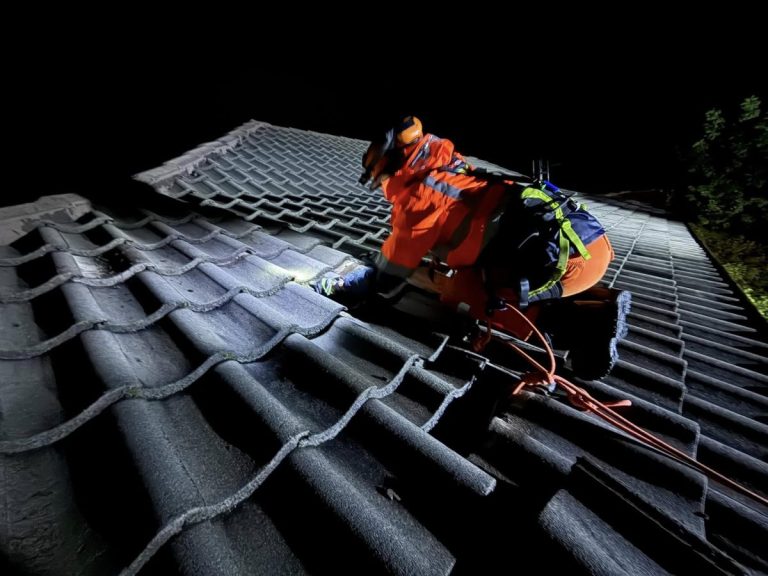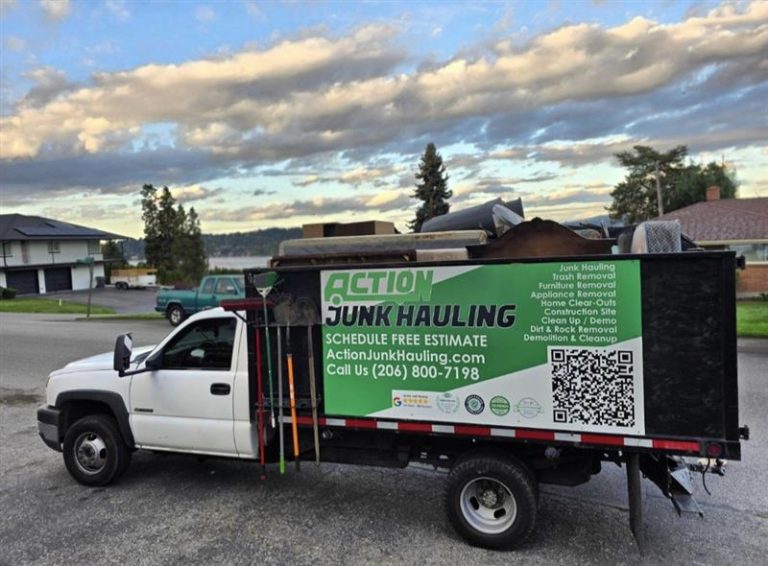What is die casting?
It is a metal casting process illustrated by pushing molten metal into a mould cavity under high pressure. The mould cavity gets made of two moulded formidable tool steel matrices and functions like an injection mould during the process. Most die castings get made from non-ferrous metals, especially zinc, copper, aluminium, magnesium, lead, tin, and tin-based alloys. A hot or cold chamber machine is used, depending on the type of metal to get cast.
Casting equipment and moulds represent a high cost of capital, which tends to determine the process of mass production. Die-cast parts are relatively simple and require only four significant steps, so the additional cost per item can be kept low. It is especially suitable for a large number of small and medium-sized cast parts. As a result, more cast parts are die-cast than in any other casting process. Die-cast parts get characterized by excellent surface quality (according to casting standards) and dimensional accuracy.

Benefits of using die casting
- Die casting supports a variety of metals and alloys. Zinc gets widely used in this casting method because of its high strength as well as its high malleability. It is also relatively affordable, making it ideal for large-scale production applications. Other metals and alloys reinforced by injection moulding include aluminium, magnesium, copper, lead, and tin.
- Manufacturing firms do not have to worry about rough or challenging injection-moulded surfaces. Due to the use of molten metal under pressure, a very smooth surface can get created in the casting. As the molten metal enters the mould cavity, it fills the void, delivering a smooth surface.
- Another advantage of injection moulding is that it minimizes the requirement for finishing operations. In other types of casting processes, castings get often machined. This secondary processing step can be time-consuming and cumbersome. The good news is that injection moulding decreases the need for such procedures. In most cases, castings can be shipped instantly after this casting process.
From cylinder heads and motor blocks to garden tables and bicycle frames, injection moulding gets used to create a wide variety of products. It involves using molten metal under pressure to fill a mould cavity. The raw metal is heated and then forced into the mould cavity. After the molten metal gets cooled and solidified, the newly formed casting gets discarded. You can contact a top die casting company for your die casting needs, as it includes several perks.












